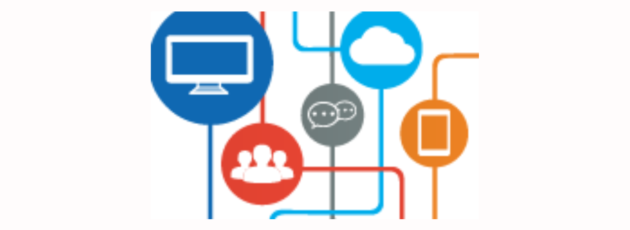By: Jonel Thames Leake, CPCU, ASLI, AAI, CPIW, DAE, CLP
Let’s gather information by crowdsourcing.
Join a mastermind group.
We should brainstorm.
Make sure you avoid group think.
I bet you have heard one or more of those statements in the past several months. These terms have become buzzwords in today’s business world. Have you ever wondered what they mean and how they are different? Let’s see what all the buzz really means.
Crowdsourcing is defined as the practice of obtaining information or input into a task or project by enlisting the services of a large number of people. This is often done via the internet. At the recent IAIP International Convention, the Board of Directors utilized this method to get information on the future of IAIP and where the members want to focus. It is an easy and efficient way to gather information. Members were divided into groups and discussed a mystery topic that was on their table. All of the answers were submitted and aggregated. What is defining about this way of obtaining information is that it is typically a one-time session with the people involved. Crowdsourcing activities are coordinated by the individual or organization desiring the information for their benefit.
A mastermind group is defined as a group using a collaborative style of mentoring to help members problem solve with input and advice from the other members. IAIP recently started several mastermind groups that will be meeting monthly for a six-month period. These groups will then have the chance to remain together, change members, or dissolve. While the process is similar to crowdsourcing, it differs as an ongoing process with the same members. Mastermind groups are coordinated by the members and the goal is to benefit all members.
Crowdsourcing and mastermind groups are the framework used to get the information desired; whereas brainstorming is a method often used to generate new data. Brainstorming is defined as a group discussion to produce ideas or solve problems. Out-of-the-box thinking is encouraged, and ideas often build off each other. All ideas are written down and no idea is evaluated until after the session is over. The goal is to focus on the quantity of ideas instead of the quality of ideas. Brainstorming can be used in either crowdsourcing or mastermind group settings.
Group think is defined as a phenomenon that occurs when the desire for group agreement becomes the most important objective. Agreement becomes a higher priority than the desire to present alternatives, express unpopular viewpoints or disagree with an idea or suggestion. It hinders decision making and problem solving. When you walk out of a meeting wondering why nothing ever changes despite how many times you talk about it, groupthink might be the reason. It can prohibit an organization from moving forward and from being innovative. How do you overcome group think? Having team members from more diverse backgrounds can be key. Look for independent thinkers. Remember to ask participants for their opinions and ask them to play devil’s advocate and come up with criticism of the ideas being discussed. Finally, provide an environment where everyone feels comfortable expressing their ideas. Group think is something that you should avoid in both crowdsourcing and mastermind groups in order to make them successful.
Now when you hear those buzzwords, you will know what they mean and how they vary. Both crowdsourcing and mastermind groups are important ways of gathering information in today’s world and understanding them will help you make your participation in them successful.
Jonel is the current Region I Vice President and is a member of the Women of Wisdom IAIP Mastermind Group. Jonel is a long-term member of IAIP and has been active on all levels.
